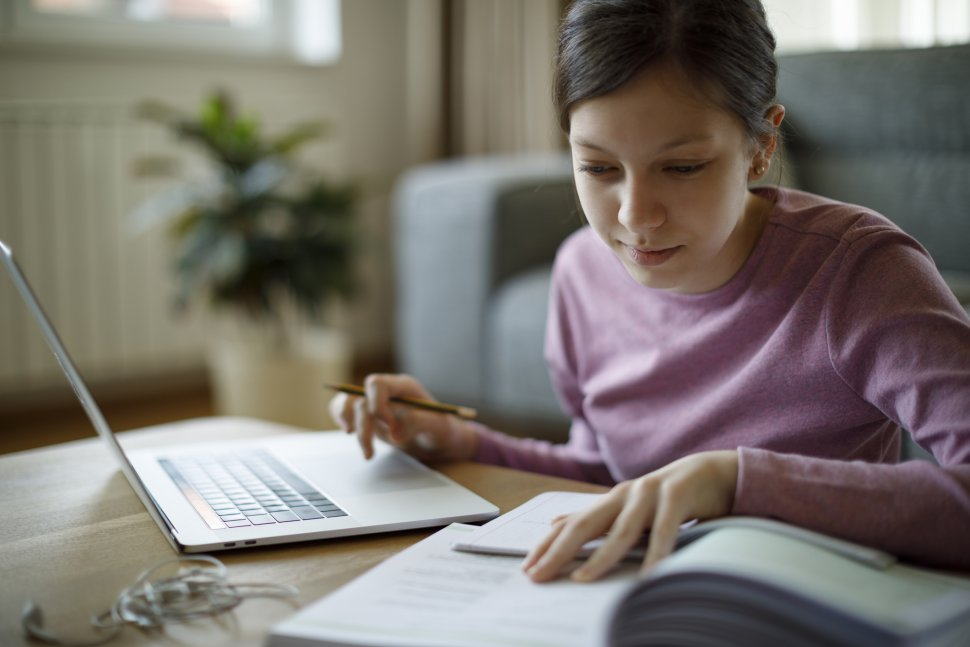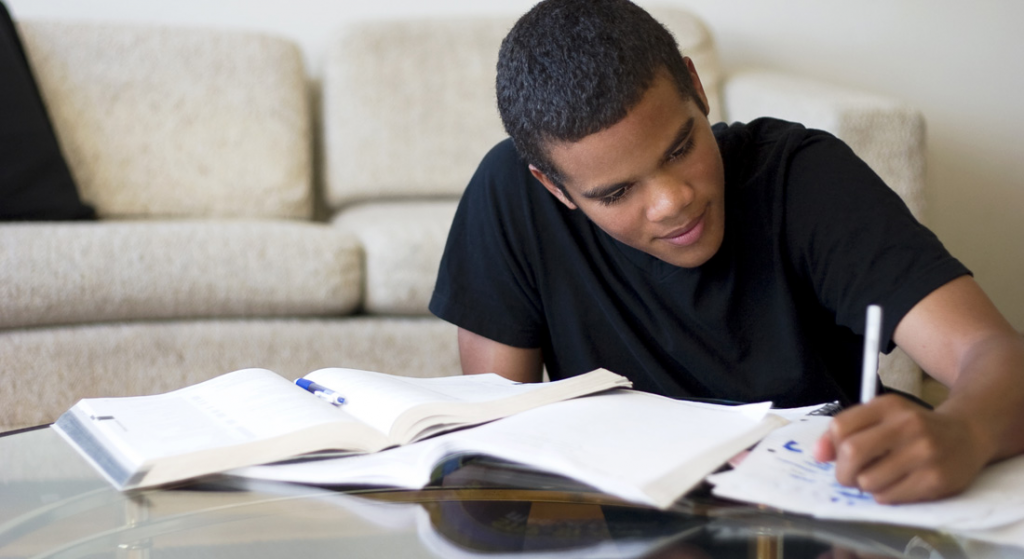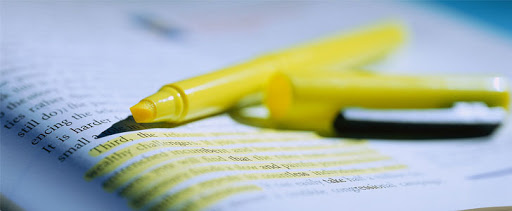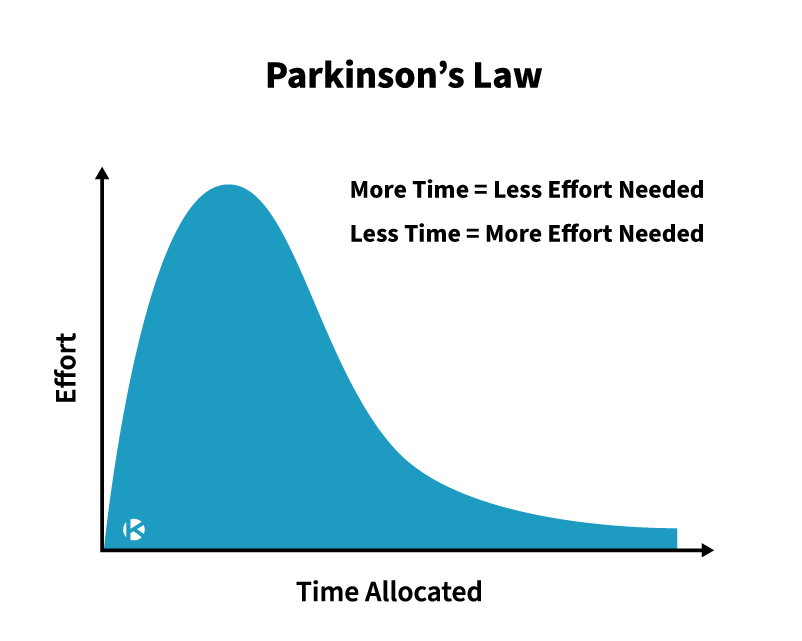Secondary school is one of the most memorable times in a student’s life as it’s the tender age in which students discover their strengths and weaknesses, what works for them and what doesn’t, and also discover their areas of interests. The years in Secondary school also plays a significant role in allowing students to experiment different learning techniques and study strategies to discover what works for them.
More prosaically, students will be more refined and would have sharpened themselves to be more effective with their study methods when they move on to Junior College or Polytechnic, where learning reaches a new peak with its pre-university teaching styles.

Source: Usnews
Students may have many misconceptions surrounding study strategies and productivity. So, let’s separate fact from fiction and give it to you straight.
This article primarily focuses on students who are preparing themselves for the O level examination, but there is no harm in lower secondary school trying to adopt these techniques and incorporating these healthy habits. The sooner the better, as we all know.
Here is the anatomy of a perfect study session, exclusively for Secondary school students…
FOCUS
“Stay focused” is such an obvious advice so there isn’t a need to delve into why it’s important; the important question is “how”. Students often complain that there isn’t enough time in the day and as a matter-of-fact, this complaint stems from ineffective study strategies and lack of discipline to stay focused. In order to get through a solid amount of material for the day, one needs to learn how to sustain for prolonged periods of time and still remain efficient.
In order to accomplish this, you need to battle the fragmentation of your attention. This means you need to systematically reduce temptation. Some ways you can achieve this are:
Keep the phone out of your sight
It doesn’t take a genius to figure out the main distraction from studies for children these days; it’s the mobile phone that signals notification from social media and messages.

Source: In.Mashable
When the main gadget that causes distraction is put out of sight, you are less likely to think about it and in fact, when you are in your study mode, it takes extra amount of friction to even get up, walk towards the place that you’ve hidden your phone and actually scroll through it.
Environmental distractions
Some prefer to study at coffee shops while others prefer studying at home. This essentially depends on personal comfort. What is most important is that you position yourself in such a way that there is minimal human interaction and make sure that there isn’t anything tempting for distraction Infront of your eyes.

Source: Oxfordlearning
For example, if you choose to study at a coffee shop, pick a spot that’s secluded, as opposed to a spot near the door where many people may walk in and out. If you choose to study at home, make sure the others in the house are considerate enough to refrain from making noise or barging into your room unnecessarily.
Glue yourself to the chair
Don’t take this in a literal sense; what we mean is that you need to make sure that your study setting has the essentials which do not require you to get up from the desk often. Ensure that you have the following at your desk:
- An outlet to keep your laptop or iPad charging (knowing that you may use the such devices to supplement your studies)
- Snacks and water
- All the necessary study material
- Clock or some sort of a timer that allows you to keep track of time
If you do not pre-set your desk to be productivity-friendly, you will give in to distractions when you get up from the desk in the middle of a study session to make a cup of coffee or grab some snacks.
INFORMATION INTERNALISATION
The words in the textbooks and notes have to translate into knowledge to be encoded in the brain. The prime reason for a boring study session is passive learning. Inefficient study methods include,
- Reading and re-reading the textbook
- Writing out everything as “notes” (copying and regurgitating)
- Highlighting and underlining texts
Comprehension and memorisation are not either-or proposition, there needs to be a balance between both. Students often make the mistake of either giving up on memorisation or some may spend all their time memorising every word in the textbook.

Source: Prehospitalresearch
Not all information is created equal. So, you need to flag out important key words and identify the high-yield testable material and study in a targeted manner.If you are unsure as to which information is the high-yield ones, be sure to seek help from your private tuition teachers who have the knowledge and expertise to guide you.
Remember: You need to spend time to comprehend what is being taught and build a mental scaffolding.
Active learning
Active learning allows for information to be encoded in a shorter period of time which allows for more content to be covered as well. Self-testing and spaced repetition allow for working memory to turn into long-term memory. Thus, students need to challenge themselves to put in the extra effort to commit to active learning.
Though this may seem to be a formidable task at the beginning, when it is practiced on a daily basis, it essentially becomes Pavlovian conditioning.
PARKINSON’S LAW
This term was first coined by Cyril Northcote Parkinson (British naval historian) in an essay he wrote for The Economist in 1955, which basically states that the work to be done expands to fill the time allotted. In our context, this essentially means that providing yourself with healthy time constraints will enable you to work with efficiency.

Source: Kanbanzone
| Time × Intensity = Quality of work |
Though time may seem to be the constant (24hours) in this equation, we are technically referring to the amount of time you potentially schedule yourself to complete your tasks. So, this means time management has to be done in such a way that adequate amount of time is allocated to focus on specific tasks throughout the day.
Intensity of the study session is the other half of the equation which most of us need help with. You can consider different methods, for example, the pomodoro technique to set yourself on a schedule in order to stay focused and maintain productivity.
NOT AT THE EXPENSE OF YOUR HEALTH
The 3 most dangerous mistakes that students make are:
- An unhealthy diet that leads to sluggishness
- Sacrificing on sleep
- Sacrificing on mental health
DIET
Unhealthy lifestyle choices lead to detrimental effects on productivity beyond a shadow of a doubt. So, beavering away day and night without maintaining your health essentially only does harm.

Source: Thewca
The gut is known the be the “second brain” and this is the prime reason why healthcare professionals advise the public to consume food which is rich in prebiotics and probiotics to prevent constipation and to enhance the microflora of the gut. Your gut microbiota has a direct effect on your mind and many studies are now a testament to this statement which was once just a hypothesis.
DON’T BURN THE MIDNIGHT OIL
You may claim yourself to be a night owl but being an early bird will increase your productivity by many folds. Your circadian rhythm has programmed your body to rest beyond sunset and wake up before sunrise. Defying your biological clock by studying beyond midnight only serves to wreck your body and mental health.
SEEK HELP
Many students trap themselves in a vicious cycle of self-pity and this serves no benefit. Instead of sitting at a corner in self-denial, the smart action to take would be to seek help immediately. Many tutoring agencies have tuition teachers who are ready to conduct private home tuition to push those grades up.
BOTTOM LINE
For the juice to be worth its squeeze, productivity is key. Try out every method out there in the void and find out works out for you. Explore with enthusiasm and discover yourself in the process. It’s no mean feat, but its highly rewarding!
